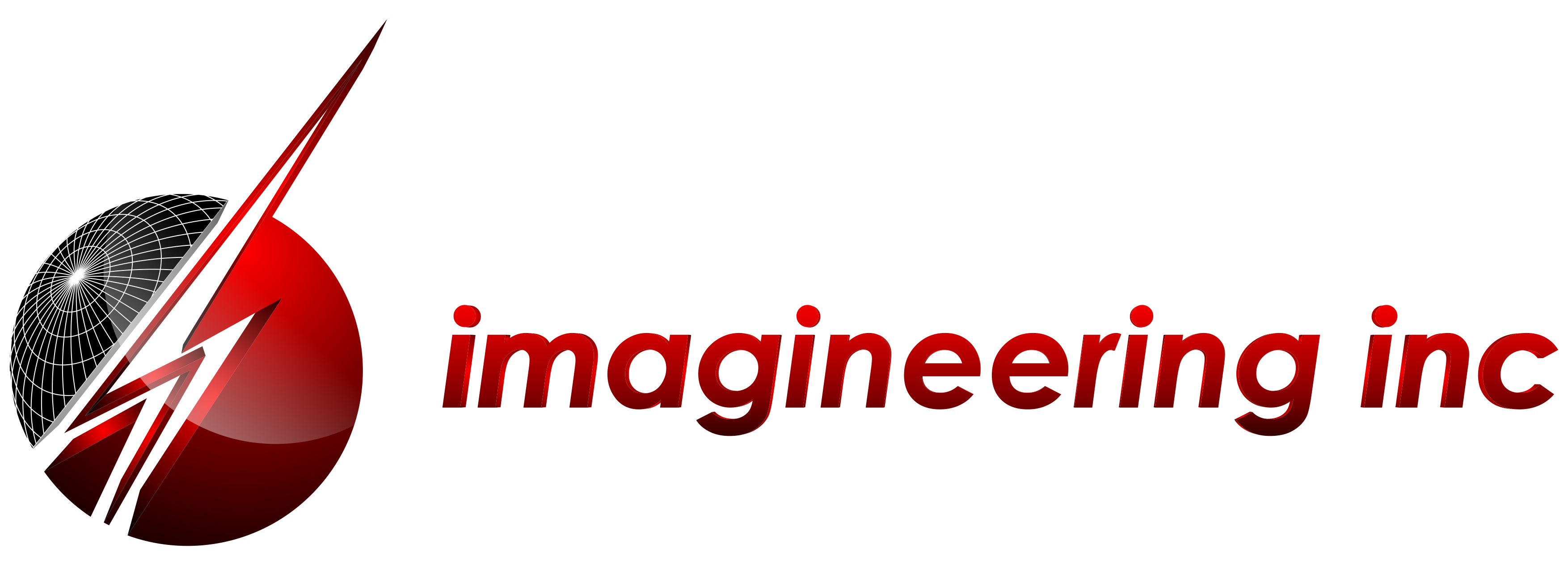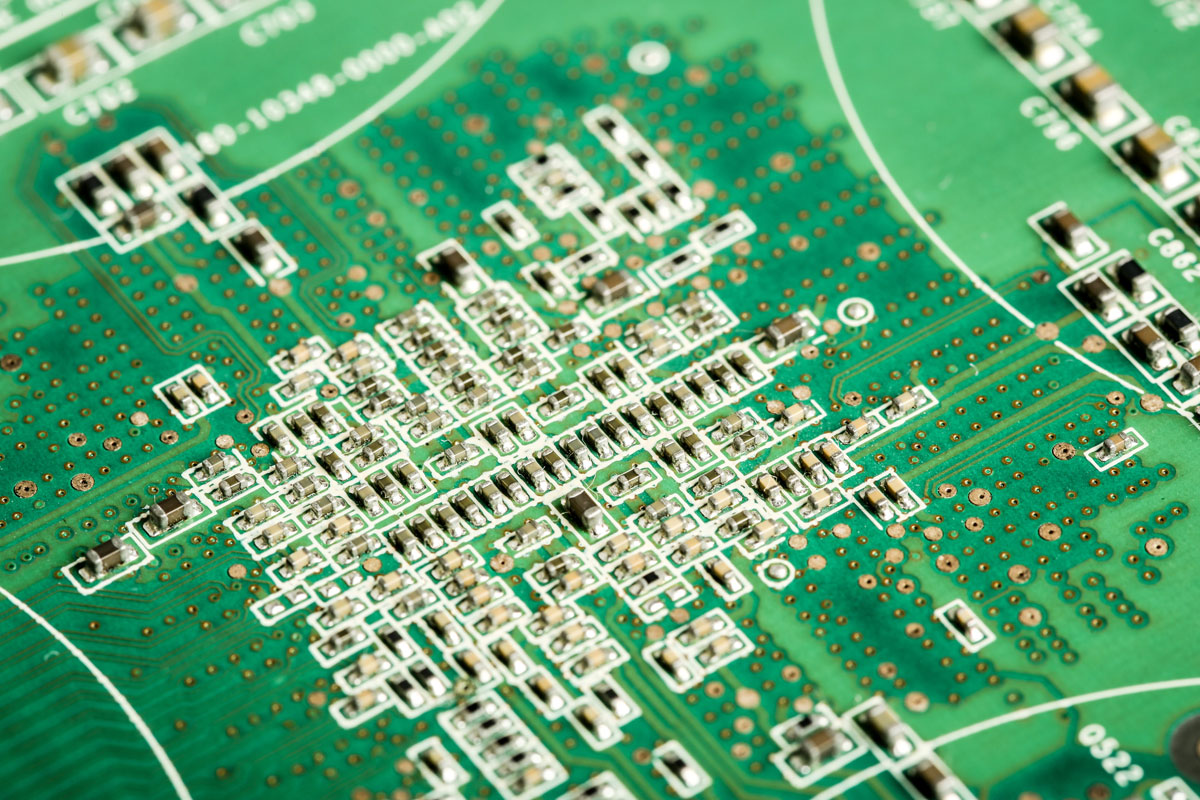Choosing a PCB assembly partner is never just about cost. Can they move fast? Can they adapt to your design? Will they catch the things you missed? For engineers with tight timelines and real product goals, the answers to these turnkey PCB assembly are essential.
This blog covers six things you should expect from any turnkey SMT partner worth working with:
- Faster builds, fewer delays
- Design support and DFM collaboration
- Quality control that’s more than lip service
- Smart, transparent component sourcing
- Flexibility across volume and process
- Clear, proactive communication
Let’s break down what a real turnkey partner looks like, and why it makes a difference at every stage of your project.
What Does “Turnkey PCB Assembly” Really Mean?
Turnkey PCB assembly means your SMT partner handles everything from start to finish. That includes sourcing components, fabricating the board, assembling the parts, testing the results, and shipping the completed unit. You send in your design files, and they send you back working boards. That’s the deal.
What’s Included in a Turnkey PCB Assembly Service?
Your turnkey PCB assembly partner’s job is to run the entire show, and that includes:
- Procurement – They source every part in your BOM, verify availability, and handle lifecycle risks or substitutions.
- Fabrication – They manufacture the bare board, ideally in-house or through a vetted partner.
- Assembly – SMT and through-hole assembly are completed using automated pick-and-place, reflow, wave solder, etc.
- Testing – They perform visual inspections, AOI, X-ray, or even functional testing depending on your specs.
- Delivery – You get completed, packaged boards ready to drop into your next step—whether that’s a prototype enclosure or a production line.
And yes, it should all be documented, traceable, and repeatable.
Why Do Engineers Choose Turnkey PCB Assembly?
When you hand off a design, you want more than just a manufacturer. You want a partner who moves fast, spots issues early, and makes your life easier. That’s exactly what a turnkey PCB assembly service is built to do.
Here are the answers to six questions you’ll have before choosing turnkey PCB assembly:
1. How Does Turnkey PCB Assembly Improve Speed and Simplicity?
Engineering timelines rarely stretch; they compress. When that happens, you don’t want a tangled web of suppliers slowing you down. That’s why turnkey PCB assembly is such a game-changer. It’s speed with accountability baked in.
Turnkey Means Less Downtime and Fewer Coordination Headaches:
- No vendor wrangling – One point of contact simplifies updates, escalations, and change requests.
- Tighter scheduling – Timelines are managed internally, which means less lag between stages.
- Faster prototyping – Many turnkey partners offer 24–72 hour turns on prototype assemblies.
- Streamlined revisions – Design tweaks can be handled mid-process without re-sourcing or re-negotiating.
With turnkey PCB assembly, boards get built faster, revisions go smoother, and projects hit milestones without the usual friction.
2. How Do Turnkey Partners Support Engineering and DFM?
A good turnkey PCB assembly partner doesn’t just build what you send them. They scrutinize it.
That’s a feature, not a bug. Because even sharp engineering teams miss things: tolerances that don’t play nice, parts that are unobtainable, or layouts that don’t jive with modern pick-and-place machines. A strong SMT partner catches that stuff before it becomes a production problem.
What should engineers expect during the handoff?
- DFM (Design for Manufacturability) reviews to spot spacing, thermal, and layout issues
- DFA (Design for Assembly) checks to ensure the board can actually be built at scale
- BOM validation to catch obsolete parts or supply risks before they derail production
- Recommended tweaks that can improve yield, reduce cost, or shorten lead time
This is where your assembler earns their keep. They’re your second set of eyes, with manufacturing instincts you might not have in-house. If they’re worth working with, they’ll speak up. A real turnkey partner doesn’t quietly build a flawed design. They flag it, explain it, and offer a fix.
At this stage, that kind of feedback saves time, money, and credibility. And it means the board that shows up on your desk works because someone upstream actually cared.
3. What Quality Standards Should a Turnkey Partner Meet?
Turnkey PCB assembly is fast, but that doesn’t mean cutting corners. In fact, it should mean fewer quality risks, not more.
A serious SMT partner brings structure and discipline to every build. That starts with certifications like ISO 9001, IPC-A-610, AS9100, and ITAR registration. These baselines show they know what quality looks like and have systems in place to uphold it. If they’re not proudly listing those on their site, you should be asking why.
Expect rigorous QA at every stage:
- Automated inspections – AOI and X-ray to catch misalignments, bad joints, or hidden defects
- In-circuit or functional testing – Verifies the board works, not just looks right
- Traceability and documentation – Lot tracking, serialized reports, and records that prove what happened and when
All of this should be built into their process and not just offered à la carte.
What you want is consistency and boards that pass the first time and every time. That only happens when QA is baked into every step, not slapped on at the end.
4. How Do Turnkey Providers Manage Component Sourcing?
Parts sourcing is where a lot of PCB builds go sideways. Lead times spike, allocations hit, or your BOM ends up full of unicorn parts no one’s seen in years. That’s why sourcing is one of the most critical elements of any turnkey PCB assembly partner’s value.
Here’s what that should look like:
- Authorized sourcing – No gray market vendors, no counterfeit risk, no surprises
- BOM scrutiny – Obsolete or end-of-life parts flagged before they become blockers
- Alternatives and substitutions – Engineers should expect suggestions, not roadblocks
- Inventory coordination – Parts arrive on time, staged for build, no line-down delays
The best partners have direct lines to major distributors and know how to navigate shortages, long lead times, and last-minute changes.
And if your design’s in trouble, they’ll tell you, because sourcing is more about visibility than availability. A good turnkey partner keeps you in the loop before small issues become big ones.
5. Can Turnkey PCB Assembly Scale with Project Changes?
Engineering isn’t static. Designs evolve, quantities change, timelines shrink. Your turnkey PCB assembly partner should be able to keep up.
The best partners don’t blink when you send over a revised Gerber or pivot from a 5-piece prototype to a 5,000-piece production run. They’ve built systems that flex.
Expect flexibility across the board:
- Low-to-high volume scalability – Prototypes today, production tomorrow, no need to requalify
- Quick-turn options – Need it fast? 24–72 hour assembly should be on the table
- Support for partial turnkey – Got niche or customer-supplied parts? They should handle those, too
- Process adaptability – Conformal coating, special testing, or compliance workflows? No problem
You shouldn’t have to compromise your project’s needs to fit your assembler’s capabilities. A real partner makes room for the weird, the urgent, and the iterative.
6. What Defines Good Communication in Turnkey PCB Assembly?
If your SMT partner goes quiet the moment you send files, that’s a red flag.
Turnkey PCB assembly doesn’t mean you’re out of the loop. It means your partner should keep you informed without you having to chase them. Good communication is baked into great manufacturing. You should know what’s happening, when it’s happening, and if something needs your attention.
What strong communication looks like:
- Status updates – Clear reporting on progress, roadblocks, and delivery
- Fast responses – Questions get answered quickly, with detail
- Proactive flags – They raise concerns before they become problems
- Transparency – You see quotes, timelines, test data, and real-time decisions
Collaboration is key. Engineers work better when they know where things stand, so expect visibility. Expect feedback. Expect a partner who communicates like they’re invested. If they’re not, they aren’t really turnkey.
Why Imagineering Is the Turnkey PCB Assembly Partner You’re Looking For
A strong SMT partner brings more to the table than solder and scheduling. They bring speed, foresight, quality, flexibility, sourcing expertise, and clear communication exactly as we’ve outlined here. That’s what engineers should expect from turnkey PCB assembly, and that’s what Imagineering delivers every day.
If you’re looking for a partner who doesn’t just follow directions—but improves outcomes—then you’re looking in the right place. Contact Imagineering today, and let’s build something that works the first time.
Frequently Asked Questions About Turnkey PCB Assembly
Q1: What’s the main advantage of turnkey PCB assembly?
It simplifies the process by consolidating procurement, fabrication, and assembly under one vendor, saving time and reducing errors.
Q2: Can I provide some parts myself?
Yes. Many partners offer partial turnkey services where you supply specific components while they handle the rest.
Q3: How fast can a turnkey provider deliver prototypes?
Some offer 24–72 hour turnaround for small runs, depending on complexity and part availability.
Q4: How do I verify a turnkey partner’s quality?
Check for certifications like ISO 9001, IPC-A-610, or AS9100, and ask for process documentation or sample reports.
Q5: Is turnkey PCB assembly suitable for low-volume production?
Yes. It’s often the most efficient way to build prototypes or custom runs without managing multiple suppliers.
Key Takeaways
Choosing the right turnkey PCB assembly partner isn’t just about outsourcing manufacturing—it’s about creating a faster, smarter, and more reliable workflow from design to delivery. A well-matched SMT partner can save engineers time, prevent costly mistakes, and bring clarity to a process that’s often anything but.
- Look for turnkey PCB assembly services that handle sourcing, fabrication, assembly, and testing in one cohesive operation.
- Expect proactive engineering support, including DFM/DFA reviews and BOM validation, to catch issues before production.
- Ensure your partner meets quality standards like ISO 9001 and IPC-A-610, and that testing and traceability are built into their process.
- Work with a provider that manages component sourcing transparently, flags risk early, and adapts to shortages or substitutions.
- Prioritize communication—your partner should keep you informed at every step, not just when something goes wrong.
If your current process feels like a juggling act, it might be time to simplify. Choosing the right turnkey partner means fewer headaches, faster builds, and better outcomes—without compromising control.

